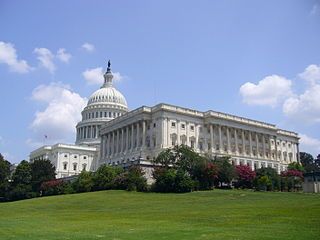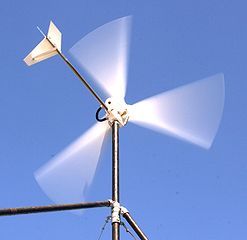Americans Favor a Progressive Energy Policy, But There Are Roadblocks
The election season in the U.S. heightens our awareness of government, and saddens us that our leaders cannot or will not act according to the will of the people they serve. The vast majority of Americans favor a progressive energy policy, as well as universal health care and a whole slew of other humanitarian concepts. Yet the public volition is frustrated by a government that responds to its base of lobbyists and big corporate donors.
So along come the tea party and the Libertarians who want to dismantle Washington; it’s sure easy to sympathize with their being so aggravated. But they need to understand that without the power of government, we’d still be spraying DDT, using lead-based paint and asbestos, and driving cars with no seat belts. Unfortunately, despite the campaign rhetoric, there are no easy answers here.










 I try not to miss the monthly events at
I try not to miss the monthly events at